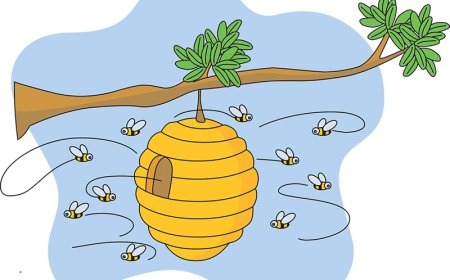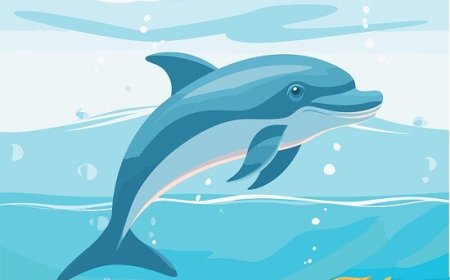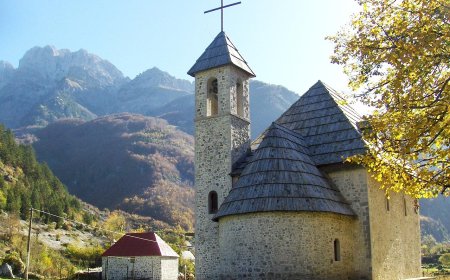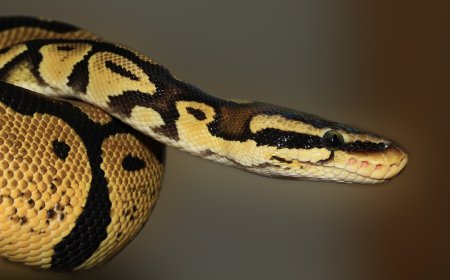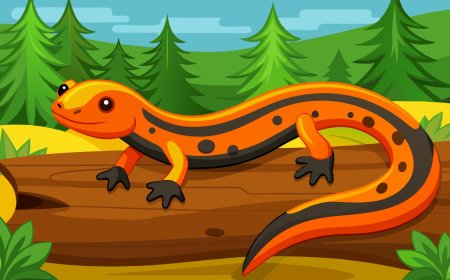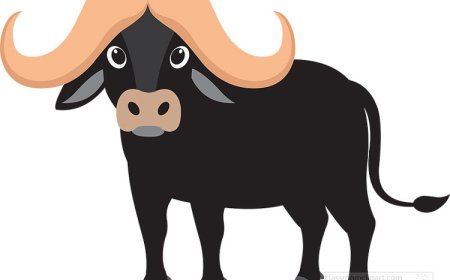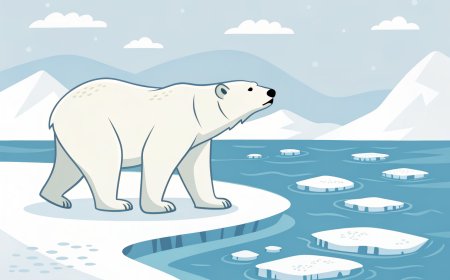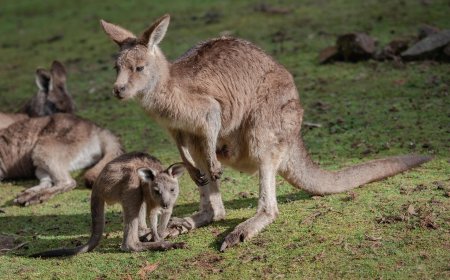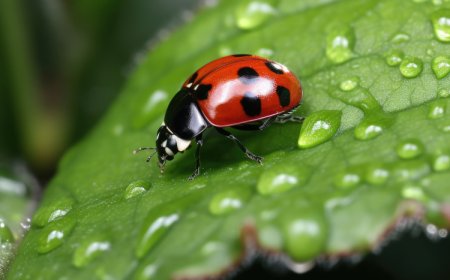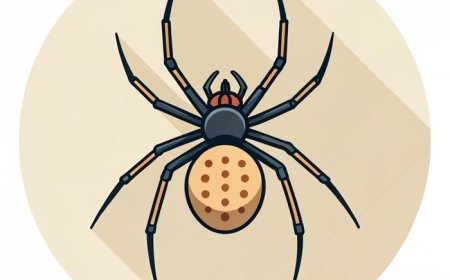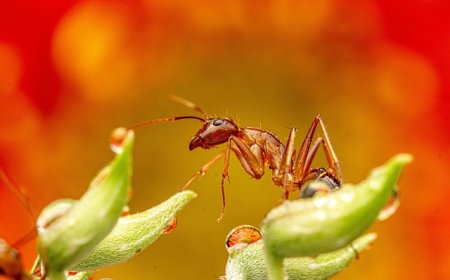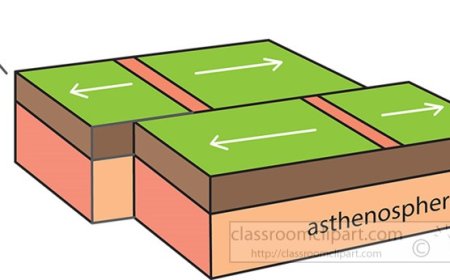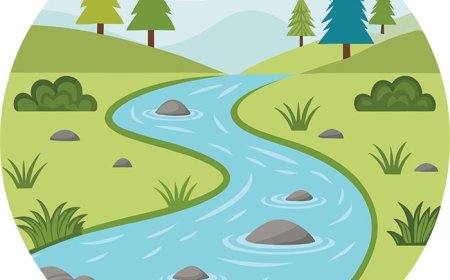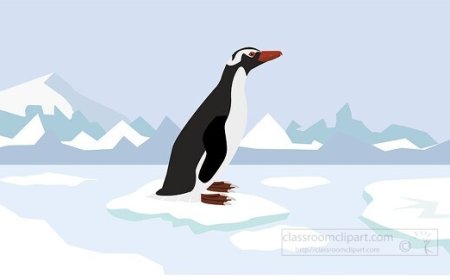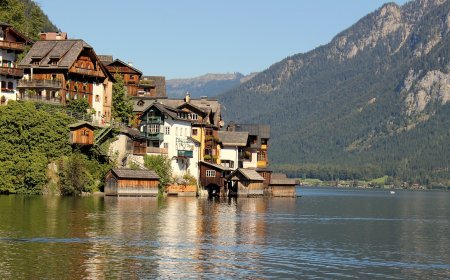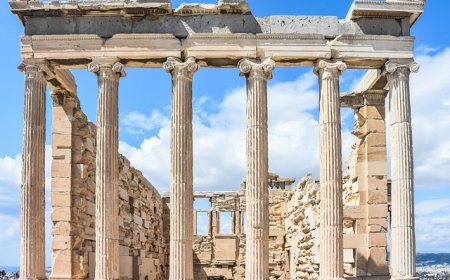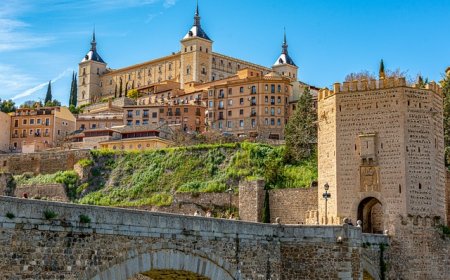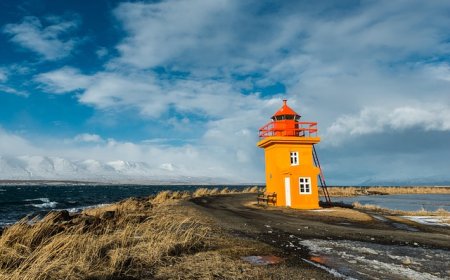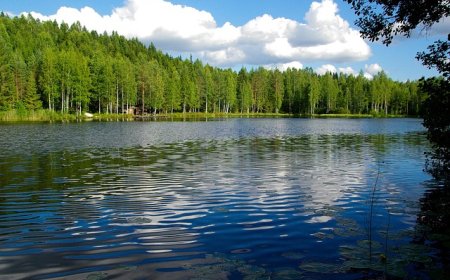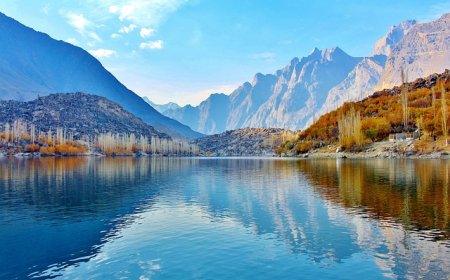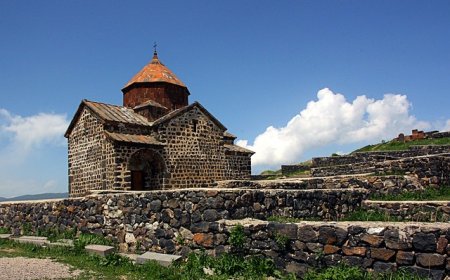Mastering Changes in the States of Matter for Students
Explore how matter changes between solid liquid gas and plasma Learn melting freezing evaporation condensation sublimation and deposition with simple examples and tips
🌟 Introduction
Why does ice melt on a warm day or frost form on a window overnight? These changes happen because matter can switch between states when energy is added or removed. Understanding how and why matter changes state helps explain weather, cooking, refrigeration, and even space science.
🔍 What are Changes in States of Matter?
Changes in state-also called phase changes-occur when a substance moves between solid, liquid, gas, and sometimes plasma. These changes happen because the energy of the particles and their motion increase or decrease.
-
Melting: Solid → Liquid when particles gain energy and move more freely
-
Freezing: Liquid → Solid when particles lose energy and lock into place
-
Evaporation/Boiling: Liquid → Gas when particles gain enough energy to escape into the air
-
Condensation: Gas → Liquid when particles lose energy and clump together
-
Sublimation: Solid → Gas without becoming liquid first
-
Deposition: Gas → Solid without becoming liquid first
💡 Why are Phase Changes Important?
-
Explain natural phenomena - Clouds form by condensation and snow forms by deposition
-
Support technology - Refrigerators and air conditioners rely on evaporation and condensation cycles
-
Guide safety and storage - Handling liquid nitrogen or pressurized gases requires knowledge of phase behavior
-
Improve materials - Metal casting and chocolate tempering depend on controlled melting and solidifying
-
Connect energy and matter - Phase changes show how heat energy affects particle motion and temperature
🧪 Examples of Changes in Everyday Life
-
Melting: Butter softening on warm toast
-
Freezing: Water turning to ice in an ice tray
-
Evaporation: Wet clothes drying on a line
-
Boiling: Water bubbling into steam on a stove
-
Condensation: Droplets forming on a cold drink
-
Sublimation: Dry ice releasing fog at room temperature
-
Deposition: Frost forming on grass during cold mornings
✨ Fun Facts
-
Water can exist as solid liquid and gas at the same time at the triple point
-
Dry ice does not melt at normal pressure it sublimates directly to gas
-
Snowflakes form by deposition when water vapor turns straight into ice crystals
📌 Key Takeaways
-
Phase changes are driven by energy transfer and particle motion
-
Temperature and pressure determine when substances change state
-
Melting freezing evaporation condensation sublimation and deposition are the main changes
-
The same substance can behave very differently in different states
-
Real world systems from weather to refrigeration rely on phase changes
🐾 Kid-Friendly Summary
When matter heats up or cools down it can switch teams like solid to liquid or liquid to gas. Heat gives particles more wiggle room while cooling calms them down. That is why puddles vanish and ice cubes form.
📚 Vocabulary Words
-
Phase Change - A shift from one state of matter to another
-
Melting - Solid changing to liquid
-
Freezing - Liquid changing to solid
-
Evaporation - Liquid changing to gas at the surface
-
Boiling - Rapid change from liquid to gas throughout the liquid
-
Condensation - Gas changing to liquid
-
Sublimation - Solid changing directly to gas
-
Deposition - Gas changing directly to solid
-
Latent Heat - Energy absorbed or released during a phase change without a temperature change
-
Boiling Point - Temperature where a liquid changes to gas
-
Freezing Point - Temperature where a liquid changes to solid
-
Triple Point - Specific temperature and pressure where three states coexist
-
Particle Motion - Movement of atoms or molecules that changes with energy
-
Energy Transfer - Movement of heat into or out of a substance causing change of state
🧠 Interactive Quiz
Choose the best answer for each question.
-
Which process changes liquid water into water vapor?
- A. Freezing
- B. Condensation
- C. Evaporation
- D. Deposition
-
What happens to particle motion during melting?
- A. Particles slow down and lock in place
- B. Particles speed up and move more freely
- C. Particles stop moving
- D. Particles turn into energy
-
Frost forming on a cold surface is an example of:
- A. Sublimation
- B. Deposition
- C. Evaporation
- D. Melting
-
Which statement is true about latent heat?
- A. Temperature always rises during a phase change
- B. Energy changes but temperature can stay the same
- C. No energy is involved in phase changes
- D. Latent heat only applies to solids
-
Condensation happens when gas particles:
- A. Gain energy and spread out
- B. Lose energy and come together
- C. Stay the same
- D. Become electrically charged


